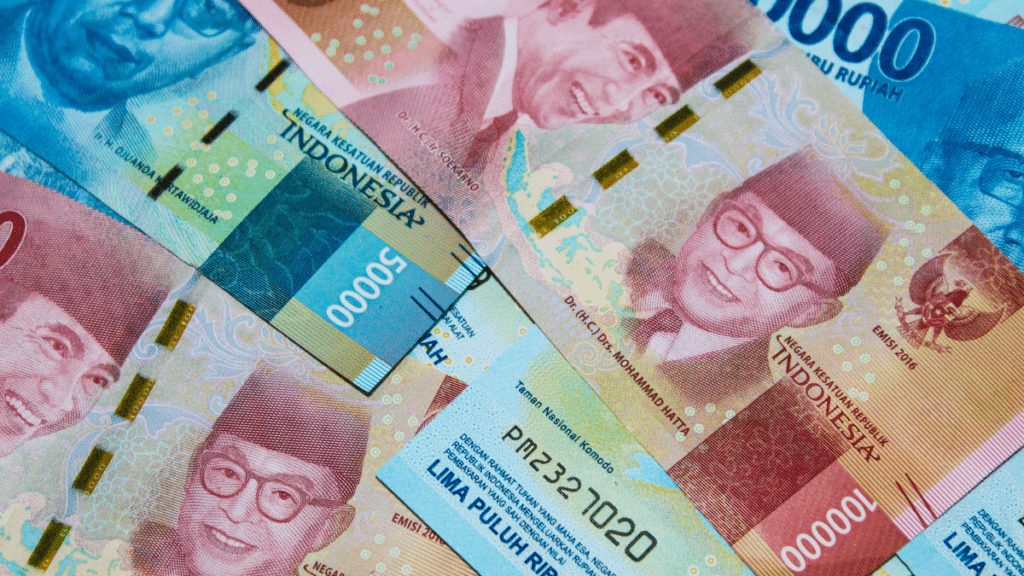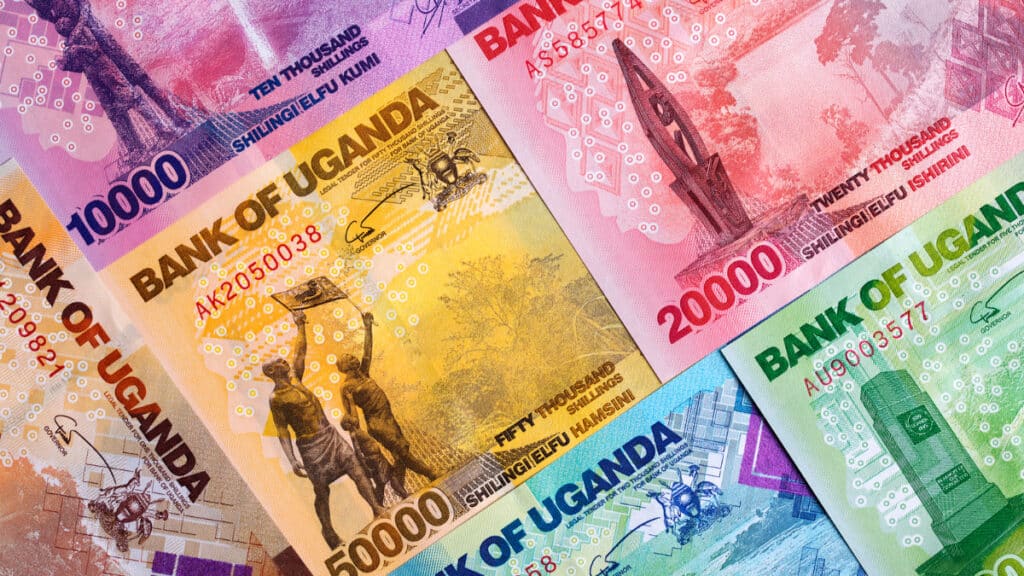Top 10 Struggling Currencies Worldwide
The world of currency is a dynamic and ever-changing landscape. While some currencies hold strong positions on the global stage, others struggle to maintain value. In this blog post, we will take a closer look at the top ten weakest currencies in the world, examining the factors that contribute to their low exchange rates and the challenges faced by their respective economies.
#1: Iranian Rial

1 USD=42,250 IRR, 1 SAR=11,244.64 IRR
The Iranian Rial is one of the weakest currencies in the world. International sanctions, coupled with economic mismanagement and corruption, have significantly impacted the Iranian economy. The currency has experienced a continuous decline, with inflation rates remaining high.
#2: Vietnamese Dong
1 USD=23,586.50 VND, 1 SAR=6,277.44 VND
Although Vietnam has experienced impressive economic growth in recent years, the Vietnamese Dong remains one of the weakest currencies in the world. Factors such as high inflation rates, a large trade deficit, and a history of currency devaluations contribute to its low value.
#3: Sierra Leonean Leone
1 USD=19,750.00 SLL, 1 SAR=5,256.16 SLL
The Sierra Leonean Leone‘s weakness is a result of a struggling economy plagued by high inflation, political instability, and external shocks, such as the Ebola outbreak in 2014. The country’s heavy reliance on the export of minerals also leaves it vulnerable to fluctuations in global commodity prices.
Also Read: Top 8 Money Transfer Services in Saudi Arabia
#4: Lao or Laotian Kip
1 USD=16,868.84 LAK, 1 SAR=4,518.52 LAK
The Laotian Kip’s weakness is due to the country’s underdeveloped financial markets, limited access to foreign capital, and high inflation. The Lao economy is also heavily dependent on foreign investment, particularly from China, which can lead to currency volatility.
#5: Indonesian Rupiah

1 USD=15,354.50 IDR, 1 SAR=4,088.23 IDR
The Indonesian Rupiah‘s low value can be attributed to factors such as high inflation rates, a large current account deficit, and weak economic fundamentals. Additionally, the country’s reliance on commodity exports makes it vulnerable to fluctuations in global commodity prices.
#6: Uzbek Sum
1 USD=11,367.20 UZS, 1 SAR=3,025.21 UZS
The Uzbek Sum has faced challenges due to the country’s economic isolation and a history of currency devaluations. In recent years, the government has implemented economic reforms and liberalized the exchange rate regime, which has contributed to currency depreciation.
#7: Guinean Franc
1 USD=8,597.88 GNF, 1 SAR=2,288.28 GNF
The Guinean Franc’s low value can be attributed to high inflation, political instability, and a lack of economic diversification. The country’s heavy reliance on the export of minerals, particularly bauxite, has left it exposed to shifts in global commodity markets.
#8: Paraguayan Guarani
1 USD=7,200.84 PYG, 1 SAR=1,916.45 PYG
The Paraguayan Guarani is among the weakest currencies in the world due to factors such as high inflation, a history of currency devaluations, and a lack of economic diversification. The country’s reliance on agricultural exports, particularly soybeans and beef, leaves it exposed to shifts in global commodity markets.
Also Read: How to Track your Remittance Online
#9: Cambodian Riel
1 USD=4,049.68 KHR, 1 SAR=1,077.79 KHR
The Cambodian Riel is one of the weakest currencies in the world, with its low value attributed to the country’s underdeveloped financial sector and a high level of dollarization. Additionally, Cambodia’s heavy reliance on tourism and garment exports leaves it susceptible to external economic shocks.
#10: Ugandan Shilling

1 USD=3,758.55 UGX, 1 SAR=1,000.31 UGX
The Ugandan Shilling‘s low value is a result of high inflation, a large current account deficit, and weak economic fundamentals. The country’s reliance on agricultural exports, such as coffee and tea, makes it vulnerable to fluctuations in global commodity prices.
Conclusion
The currencies mentioned above face challenges in maintaining value due to a combination of factors, including political instability, economic mismanagement, and dependency on commodity exports. It is important for the governments of these nations to address these issues in order to stabilize their currencies and foster economic growth. In the meantime, understanding the complexities of these weakest currencies can provide valuable insights into the broader global economic landscape.
More from KSAexpats.com: